We were all seated in our respective minyanin when a large outburst sounded from the Orthodox group down the hall. Within a few moments, teenagers were running out from every direction, anxious to see what the excitement was about. As I edged closer, I realized it was not disagreement, but joyous celebration filled with shrieks and songs.
Before I could gather my thoughts, someone grabbed my hand and I was swept up in a whirlwind of excitement and shoved against Jewish teenagers of every denomination in a celebration of Shabbat, Israel and Jewish pluralism.
Attending the North American Association of Jewish High Schools’ (NAAJHS) leadership conference last year awakened me to the great possibilities of Jewish pluralism. NAAJHS was founded as a forum for Jewish community high schools to exchange ideas and work toward the betterment of Jewish education.
Sensitive to the needs of students that affiliate themselves with different denominations, the heads of the program offered a variety of minyan choices, from liberal nature services to Orthodox services with a mechitza. However, as Shabbat approached and we gathered in our separate alcoves, a spark of enlightenment surged across the room as we felt the need to enact the Jewish pluralism that we discussed in our daily seminars.
Clasping hands with Reform, Conservative, Orthodox and Reconstructionist Jews, we proclaimed our love for Judaism in an outburst of song and dance, putting our differences in belief behind us.
Hidden beneath such Jewish rituals and celebration lies the true nature of pluralism. As Rabbi Harold Schulweis discusses in his essay, “The Pendulum of Pluralism,” the Talmud prescribes benedictions for all of life’s wonders — upon seeing a rainbow, nature, the ocean — but upon witnessing a Jewish audience we are commanded to pronounce: “Blessed is he who discerns secrets, for the mind of each is different from the other, as is the face of each different from the other.”
Are we living up to this commandment?
Earlier this year, Rabbi Schulweis came to Milken Community High School to engage in a discussion with teachers and students about pluralism. As a school that prides itself on pluralism within a community setting, Milken sought clarity and distinction about a concept that can become cloudy and convoluted.
I was seated on a panel with other students and faculty members, and after our prescribed questions were asked and answered, one teacher in the audience asked a monumental question, one that broadened the question of internal Jewish pluralism to our place in a larger, pluralistic culture: How can we truly embrace pluralism within our society if we are the chosen people, deemed by God to be prosperous and blessed?
Rabbi Schulweis answered the question without hesitation.
“I don’t believe that any religion is chosen by God,” he said, “I believe that we are a choosing people, not a chosen people.”
If we as Jews were to walk around deeming ourselves higher than our surroundings, we would fail to accept others as equals. However, the first step in solving this problem of universal pluralism is addressing the problem of denominational pluralism within our own faith.
Too often we neglect the tension that exists between the Jewish people in order to focus on more prominent, global concerns. By choosing to engage in study and discussion with Jews from all denominations, we will instead model the very behavior we wish to incorporate into larger American society. As the modern enactors of our ancient covenant with God, we must emphasize “choosing” over “chosen,” equality over factionalism and denominationalism.
This transition from passivity to action must first be implemented in solving what Rabbi Schulweis identifies as a key tension within Judaism — the sectionalism among Jewish youth. Conservative teens attend United Synagogue Youth (USY) events, Reform teens attend North American Federation of Temple Youth (NFTY) events, and Orthodox teens attend National Conference of Synagogue Youth (NCSY). Each youth group provides a comfortable environment for teens to interact with one another, forming friendships that emphasize Jewish values and the importance of Israel. After reviewing the mission statement on each group’s Web site, I found an abundance of overlap and commonality. Each group aims to develop a strong attachment to the Jewish people and to the state of Israel by engaging in study, participating in services, and living a Jewish life. Why don’t these groups explore their own beliefs and values through interaction with each other?
As a student of Milken Community High School, a school in which Reform, Conservative and Orthodox teenagers study together, I have made it my personal goal to traverse the boundaries of my affiliation with the Conservative movement. If we take a step back from our differences in opinion — take a step back from the confines of our denominations, the limits of our beliefs and the restrictions of our own subjectiveness — we will truly be able to embrace pluralism. As Rabbi Schulweis writes, “Pluralism is not the surrender of debate or the bleaching of passionate conviction … pluralism calls forth an ethic of openness, a disposition to inclusiveness.”
Ashley Reich is a senior at Milken where she is co-editor of The Roar, the school’s newspaper.







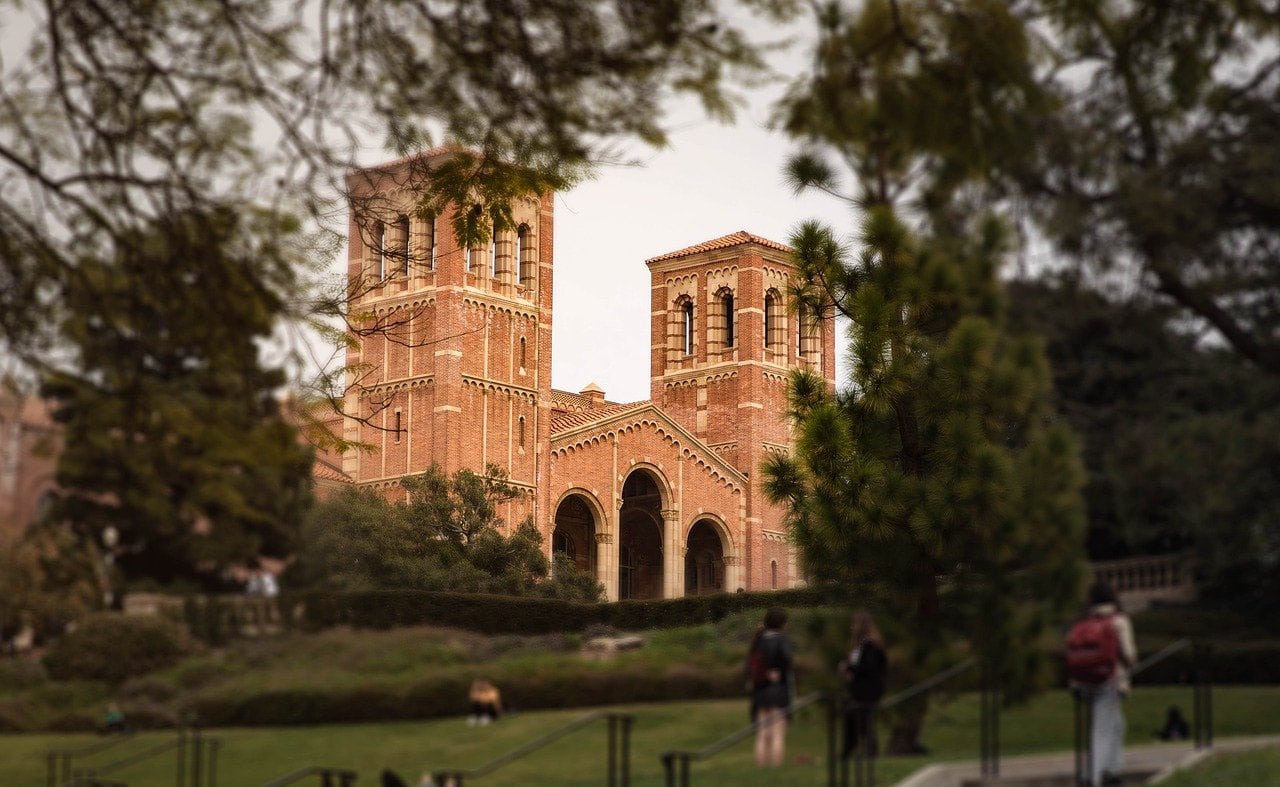
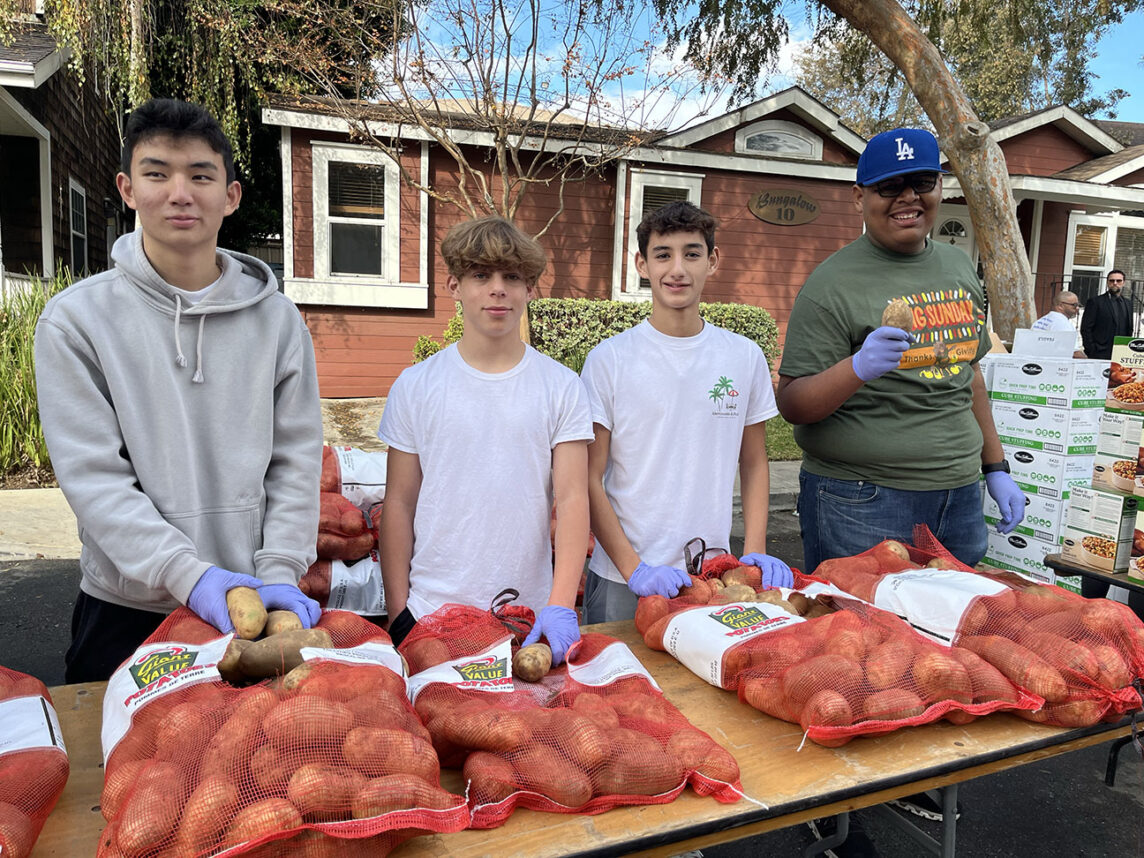
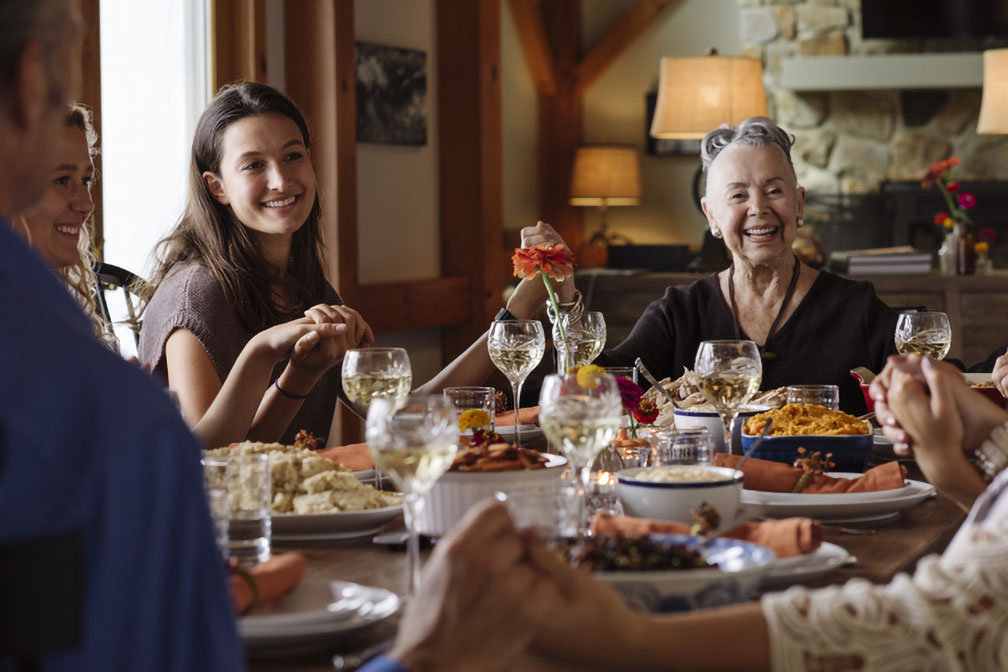
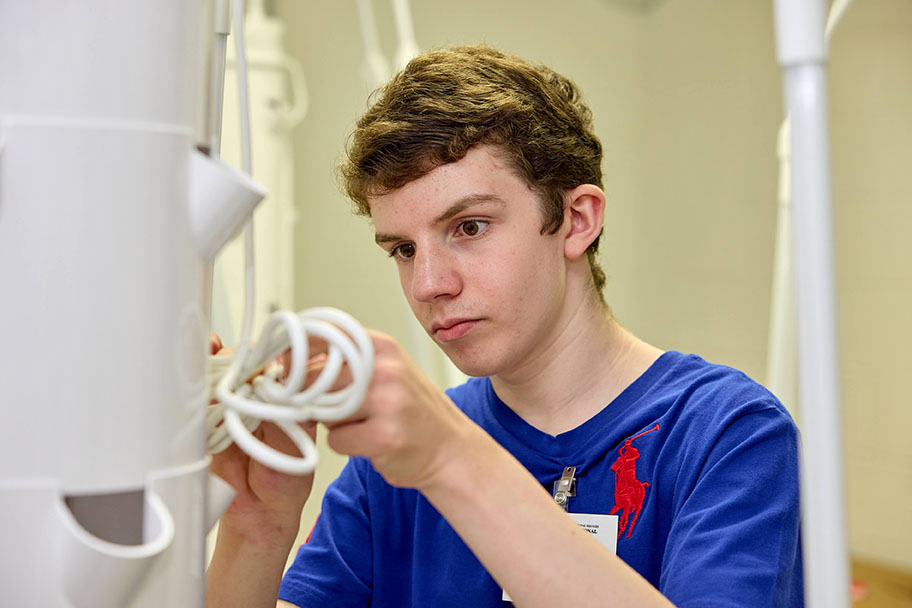

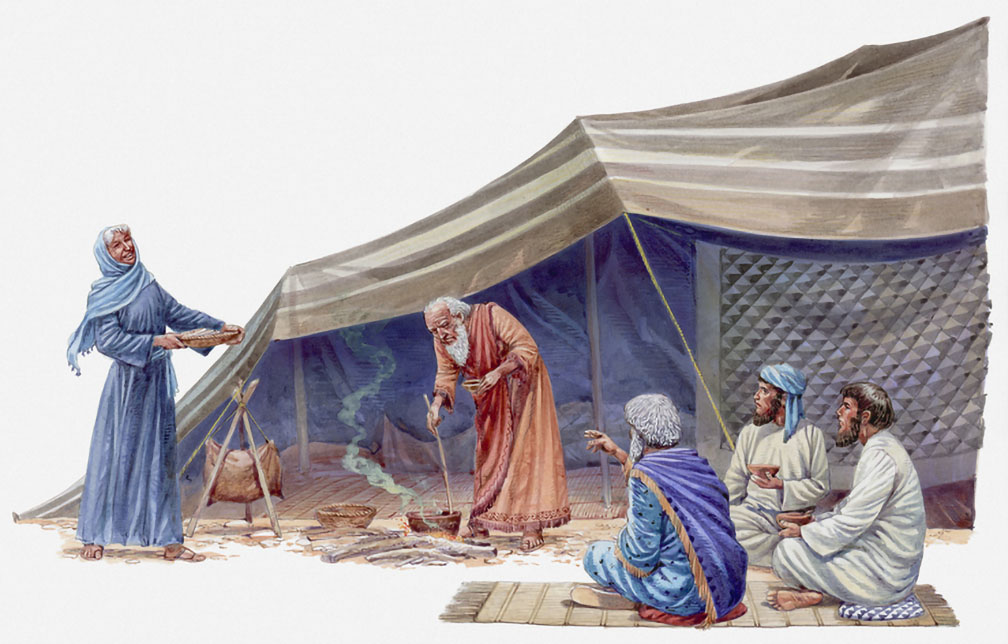

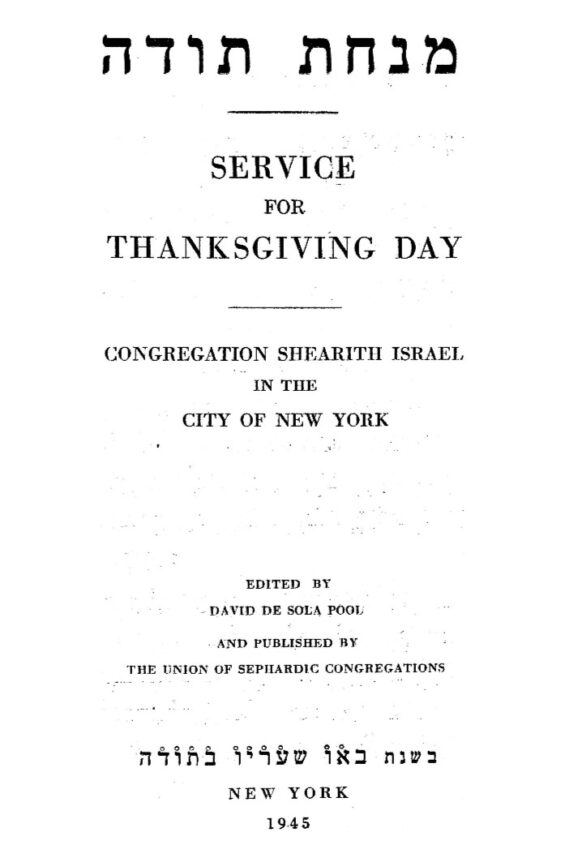





 More news and opinions than at a Shabbat dinner, right in your inbox.
More news and opinions than at a Shabbat dinner, right in your inbox.